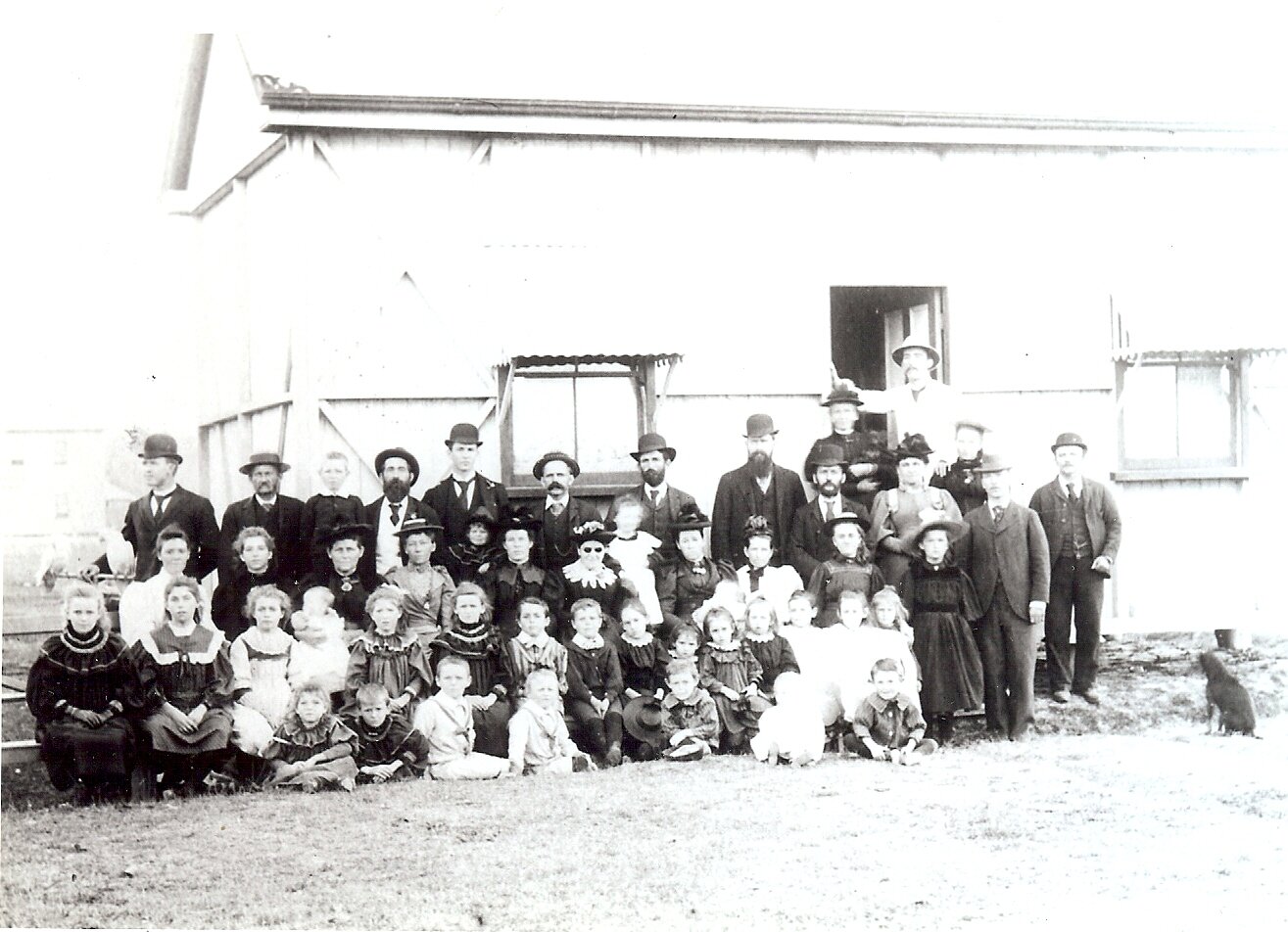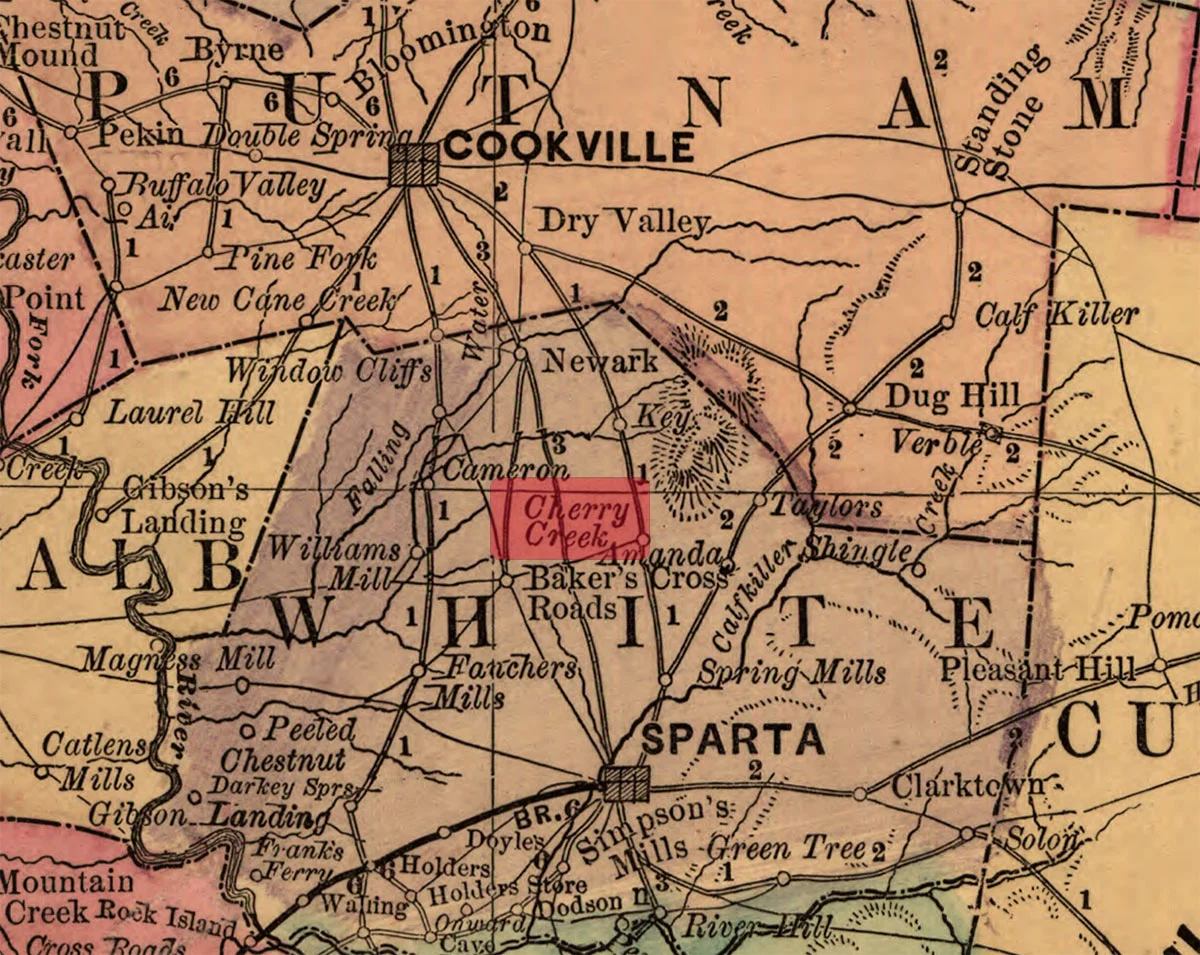When was the last time you wrote a letter in cursive? With your hand, not a font.
The fountain pen strokes of the past were so delicate, indelible and unique. Each rise and fall of a letter eloquently representative of the individual. Every artfully drawn word a reflection of their personality, mood or moment burnished forever upon paper.
Those personalities of the past present one of the challenges I face with decades of old missives from my distant relatives. Genealogical mysteries unfold as I study the ebb and flow of letters to discern words or pinpoint the author by their style of writing when neither the envelope nor signature provide enough clues.
I try my best, but occasionally, I’m certain a few words are transcribed incorrectly. For that, I apologize. I suspect that the intended recipients (my grandmother, great grandmother and more) may have struggled as I do. Or perhaps they did not as their relationship with the author was recurring and the rhythmic rise and fall letters familiar and comforting, even when they were as simple as “weather,” “nothing has changed,” “hope you are well,” “no news to report,” “so very glad,” and so on.
Once a year I use a fountain, well calligraphy pen, to address Christmas cards. It is neither harmonious nor elegant, but rather a cacophony of handwriting and cursive. Even I can barely make out the letters as they flow from my hand. I am out of practice. The strokes on the paper are mine and not mine. My wrist and fingers always cramp after just a few; by the end I need a wrist brace to ease the discomfort.
Pens and pencils are quite simply not as comfortable as a keyboard. Not as fast. Not as self correcting. Not as efficient. Not as mind-stimulating.
The delightful penmanship imprinted on my ancestor’s letters that are absent of whiteout (for you older folks), and void of delete or spell check (for you younger folks), will soon be gone forever. Relegated to images on the Internet. Encased in tombs at museums. Discarded in trash bins. Shredded. The dodo bird of my generation.
Prevention is essential though perhaps unnecessary. I’m on the fence.
Common Core Standards, the academic guidelines adopted by almost all of the 50 states to “Prepare America’s Students for College & Careers,” has removed cursive as a practice. This is not news to most as it has been going on for some time. I have no children, so it does not affect me the same as it might affect you or someone you know. Or does it impact all of us?
Studies at Indiana University found that writing by hand activates parts of the brain not utilized when typing. The University of Washington reported that elementary school students composing essays on paper wrote more and faster. Other studies indicate that writing by hand helps you learn quickly, generate ideas and retain information.
These beautifully cursive laden letters of the past motivate me to find a pen and compose the “old way.” And yet, I’m sitting here, using a keyboard; contributing to the death of the cursive word as I entomb it upon the page with my keyboard and camera.
Why am I pondering cursive and why should you?
This simple letter from December 1912 addressed to my great grandmother sent my head spiraling into the world of cursive. The letter was mundane in its story, but the ability to discern the letters and signature correctly was essential to uncovering the identity of the author. Whether they are relative, neighbor or friend, I don’t know yet. My inability to read it correctly prevents me from unraveling a fractional piece of my ancestor’s story.
I can only hope future letters will reveal the author through penmanship, a return address, or simply the paper used. With genealogy, as all things, patience is necessary for success. The ability to read cursive is, at the very least, vital to transcribing the voices of the past. At least for now.
As to the ability to read or write cursive for future generations? Its necessity remains to be seen.
1912 December Someone in Felixstowe to my Great Grandmother Alice
Also published on Medium June 30, 2015
































